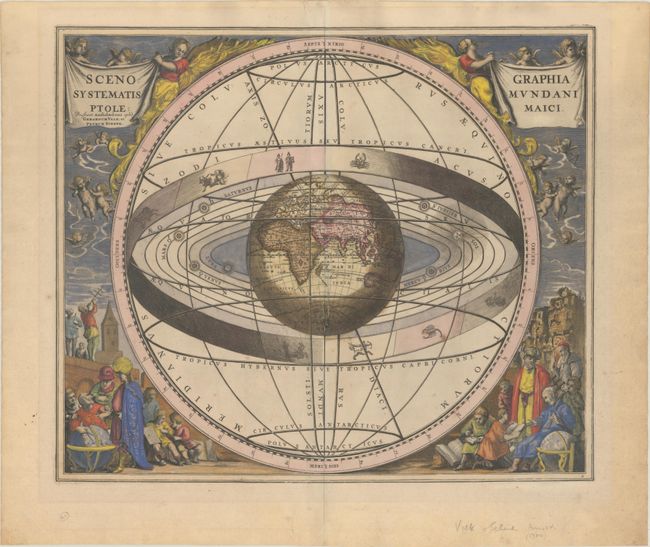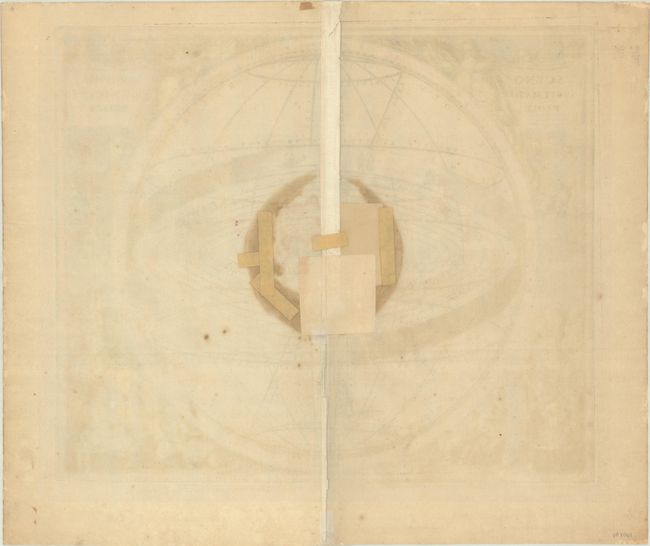Catalog Archive


Auction 191, Lot 54
Cellarius' Striking Chart of the Ptolemaic Cosmography
"Scenographia Systematis Mundani Ptolemaici", Cellarius/Schenk & Valck
Subject: Solar System
Period: 1708 (published)
Publication: Atlas Coelestis seu Harmonia Macrocosmica
Color: Hand Color
Size:
19.8 x 16.8 inches
50.3 x 42.7 cm
Download High Resolution Image
(or just click on image to launch the Zoom viewer)
(or just click on image to launch the Zoom viewer)

